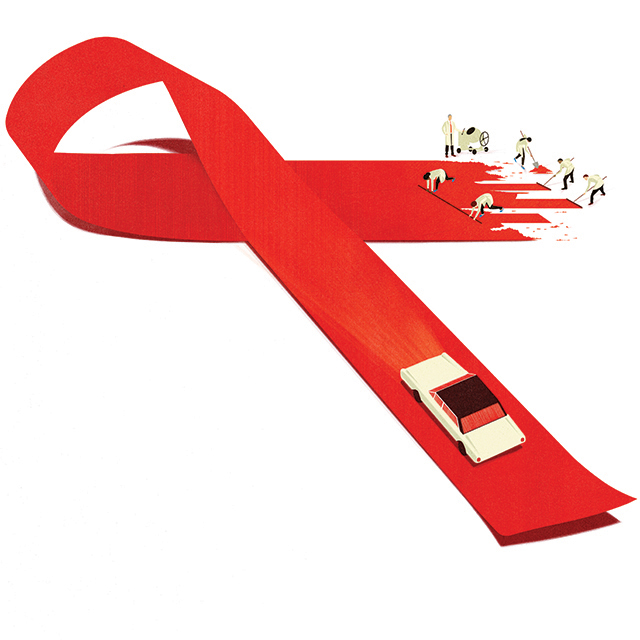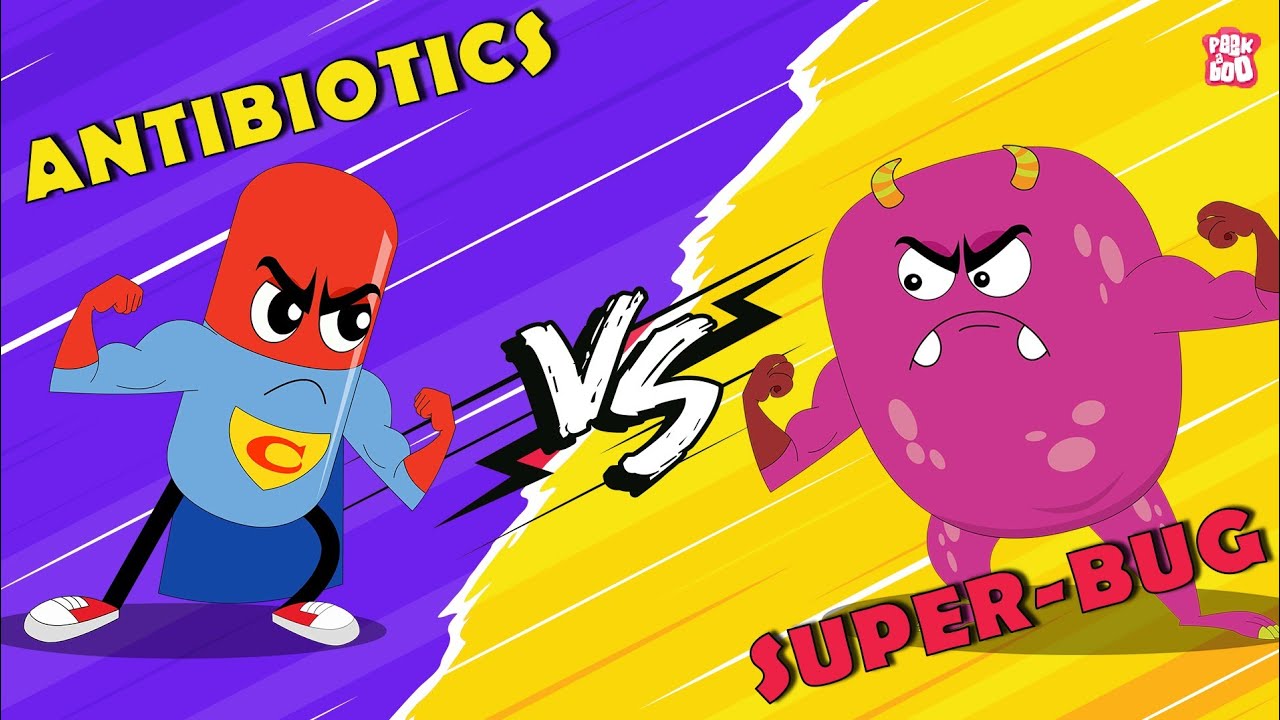“42” Years of AIDS

World AIDS Day being the first global health awareness day arose out of a need to bring the light to a disease that was at the time, the leading cause of death amongst young people. This virus that has killed over 42 million people since it was discovered, still resides in nearly 40 million people today. As we begin the Red Ribbon month today, let’s hop on a time machine all the way back to the beginning, that we may see how far we have come, and how much farther we need to go.
Pre-1980s
This period is very hazy. It is speculated that a form of Simian Immunodeficiency Virus (SIV) first entered humans in Central Africa through blood contact while hunting apes in the early 20th century. This virus eventually evolved into various subtypes of HIV. A range of small scale Pneumocystis pneumonia (now known to be associated with AIDS) epidemics occurred in northern and central European countries between the 1930s and 1950s. Several other people in different continents died of pneumocystis pneumonia, Kaposi Sarcoma and various opportunistic infections. Retrospective testing of preserved specimens showed that they had been infected with HIV.
1980s
The 1980s were the defining period of the AIDS pandemic.
1981: The U.S. Center for Disease Control (CDC) publishes an article in its Morbidity and Mortality Weekly Report (MMWR) describing cases of a rare lung infection, Pneumocystis carinii pneumonia(PCP), in five young, previously healthy gay men in Los Angeles. The disease was initially called Gay-Related Immune Deficiency (GRID) because it was thought to only affect gay men.
1982: The term AIDS (acquired immune deficiency syndrome) is proposed at a meeting in Washington, D.C. of gay-community leaders, federal bureaucrats and the CDC to replace GRID (Gay-related immune deficiency) as evidence showed it was not gay specific. It is also seen in people with hemophilia (who are frequently transfused), convincing scientists that an infectious agent in contaminated blood spreads the disease.
1983: It is discovered that women can have AIDS by having sex with men, and can also transmit the disease to their babies during pregnancy or childbirth. The PCR (polymerase chain reaction) technique is developed by Kary Mullis (an American biochemist); it is still widely used in AIDS research today.
1984: The virus causing AIDS is isolated and initially named lymphadenopathy-associated virus (LAV), or AIDS-related virus (ARV). The CDC identifies that needle sharing is a transmission method.
1985: The U.S. Food and Drug Administration (FDA) licenses the first HIV test (ELISA) for screening blood. The U.S. Department of Health and Human Services and the World Health Organization host the first International AIDS Conference in Atlanta, Georgia.
1986: The virus is officially named the Human Immunodeficiency Virus (HIV). Campaigns raise awareness that the virus is not transmitted through casual contact, following several instances of stigmatisation.
1987: The U.S. Food and Drug Administration (FDA) approves the first medication for AIDS—AZT (zidovudine). The FDA also approves a new, more specific test for HIV antibodies: the Western blot blood test kit. Princess Diana makes international headlines when she is photographed shaking the hand of an HIV-positive patient without gloves. The FDA sanctions the first human testing of a candidate vaccine against HIV.
1988: World AIDS Day is observed for the first time.
1990s
Having discovered so much about the virus that causes AIDS in the ’80s, the 1990s were marked by advocacy to battle the stigma that is now associated with HIV/AIDS. Several policies were made, and a few scientific advancements.
The Visual AIDS Artists Caucus launches the Red Ribbon Project. The red ribbon becomes the international symbol of AIDS awareness; a symbol of compassion for people living with HIV and their carers.
The U.S. Food and Drug Administration (FDA) approves the female condom. The U.S. Congress enacts the NIH (National Institutes of Health) Revitalization Act which requires NIH and other research agencies to expand involvement of women and minorities in all research.
The U.S. Centers for Disease Control and Prevention (CDC) expand the case definition of AIDS, declaring those with CD4 counts below 200 to have AIDS.
The U.S. Food and Drug Administration (FDA) approves the first protease inhibitor. This ushers in a new era of highly active antiretroviral therapy (HAART) which becomes the new standard of HIV care. This strategy aims to “hit early, hit hard,” by placing patients on new, more aggressive treatment regimes earlier in the course of their infection in hopes of keeping them healthier longer. Death rates around the world plummet. Unfortunately, serious side effects and drug resistance emerge.
The World Health Organization (WHO) announces that HIV/AIDS has become the fourth biggest killer worldwide and the number one killer in Africa. The UNAIDS (the Joint United Nations Programme on HIV/AIDS) is established to advocate for global action on the epidemic and to coordinate HIV/AIDS efforts across the UN system.
2000s
A dearth of research funding, the high cost of antiretrovirals and marginalisation of Africa in the fight against AIDS leads to an astronomical rise globally. The early 2000s were marked by more awareness campaigns, increased funding in HIV/AIDS research, and provision of generic antiretrovirals. Pre and post-exposure prophylaxis were also discovered.
AIDS becomes the leading cause of death worldwide for people ages 15 to 59. Only 1% of the 4.1 million sub-Saharan Africans with HIV receive anti-HIV drugs. US President George W. Bush initiates the President’s Emergency Plan for AIDS Relief (PEPFAR). By the time he leaves office it provides medicine for two million Africans. UNAIDS negotiates with 5 pharmaceutical companies to reduce the cost of HIV medication for developing countries.
The United Nations adopts the Millennium Development Goals, which include a specific goal of reversing the spread of HIV/AIDS, malaria, and TB. UNAIDS launched the 90-90-90 targets, which aim for 90% of people living with HIV to be diagnosed, 90% of those diagnosed to be accessing medical treatment, and 90% of those accessing treatment to achieve viral suppression by 2020.
The U.S. Government officially lifts the HIV travel and immigration ban.
The CDC approves pre-exposure prophylaxis (PrEP) and updates treatment recommendations for post-exposure prophylaxis (PEP).
The first case of someone being cured of HIV is reported. Timothy Ray Brown remained negative four years later. 11 years later, a second patient is reported to be cured of HIV/AIDS using the same cell therapy approach that cured Timothy Brown, proving that a cure for HIV/AIDS is both possible and repeatable.
2020-2024
The FDA approves Cabenuva (cabotegravir and rilpivirine, injectable formulation) the first injectable, extended release, complete HIV treatment regimen that is administered once a month, offering the first alternative to a daily oral treatment regimen.
The FDA also approves the first long-acting injectable form of HIV pre-exposure prophylaxis (PrEP) – Apretude to be injected once every two months.
A fourth person is cured of HIV through a stem cell transplant in 2022. However, doctors warn that the procedure cannot be made available on a large scale
Clinical trials for a preventive HIV vaccine called VIR-1388 began in the United States and South Africa in 2023. Initial results are being awaited.
The Journey Ahead
Our time travel has only afforded us a snapshot into the journey the human race has had to undertake against HIV/AIDS. No article can capture the amount of research, funding, policy-making, the victories and the pitfalls, the day-to-day struggle that has gone into this pandemic.
Yet, more than 1 million people get infected every year, over 40 million people live with HIV/AIDS, drug resistance is in the mix now, and Africa is still the worst-hit. Research to find drugs and vaccines that would cure the virus permanently is relentlesss as ever. And while we might not eradicate it by 2030, hope is here. Here’s to the day HIV/AIDS becomes treatable.
Aisha Ibrahim
References
A Timeline of HIV and AIDS. HIV.gov. Available at: https://www.hiv.gov/hiv-basics/overview/history/hiv-and-aids-timeline.
Slideshow: A Pictorial Timeline of the HIV/AIDS Pandemic. WebMD. Available at: https://www.webmd.com/hiv-aids/ss/slideshow-aids-retrospective.
History of HIV/AIDS. CANFAR. Available at: https://canfar.com/awareness/about-hiv-aids/history-of-hiv-aids/.


